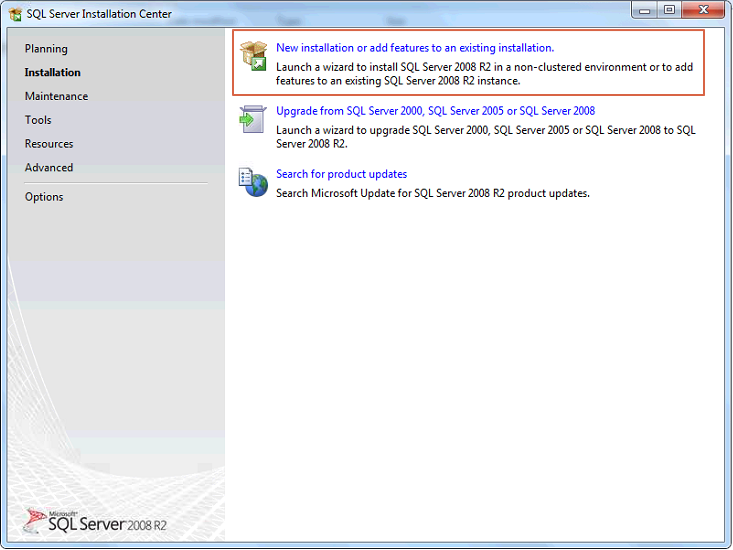

Now take the virtual address range (2GB) and subtract overhead for thread stacks, (-g default 256MB) parameter, and images to determine the virtual address space remaining. Take the physical memory you want to address, divide it by 8K (SQL Server data page size) to determine how many BUF structures are required to track those pages. The default behavior of SQL Server is to maintain a large mapping window, similar to the SQL Server 2000 design. A block from the mapping window is exchanged with a block in the AWE range allowing SQL Server to access the page. When SQL Server needs to access a data page stored in the AWE memory range it performs a mapping operation. The blocks stored in the mapping window can be data pages or stolen memory maintained by SQL Server. The blocks stored above the 2GB, virtual memory range, are the AWE buffers which can only be data pages. The BUF array is a set of structures that point to associated 8K memory blocks. This is a high level diagram of the SQL Server process when started on a 32GB system.

SQL Server 2008 R2, 32GB RAM - SQL only using ~22GB of total memory and won’t use anymore. The report was “SQL Server won’t use the physical memory I expect it to use.”
Sql server 2008 r2 64 bit code#
Note about SQL Server 2012 Standard Edition (64-bit): Microsoft SQL Server 2012 Standard Edition (64-bit) does not require you to enable any trace flag to allow SQL Server use locked pages for the Buffer pool when the SQL Server service account is granted the Lock Pages in Memory security privilege.This issue was puzzling until we stepped through the code and studied it in some detail. Note about SQL Server 2008 R2 Standard Edition (64-bit): Microsoft SQL Server 2008 R2 Standard Edition (64-bit, all versions RTM and later) also requires trace flag 845 to be added as a startup parameter so that SQL Server can use locked pages for the Buffer Pool when the SQL Server service account is granted the Lock Pages in Memory security privilege. You should carefully consider any potential effects before you use Locked Pages, even on Enterprise editions and Developer editions. For more information, visit the following MSDN Web site:Įnabling Locked Pages may have a negative performance impact on your system. You do not have to set these permissions if the SQL Server Service Account is the LOCAL SYSTEM account. Make sure that the service account for SQL Server has the Lock Pages in Memory privilege enabled. Trace flags that are set as startup options are printed at the top of the error log file. Make sure that you have trace flag 845 set correctly. If you do not see this message in the error log file, do the following: To make sure that the trace flag has enabled Locked Pages in 64-bit editions of SQL Server, verify that the following message is written in the SQL Server error log file at startup:
Sql server 2008 r2 64 bit how to#
For more information about how to enable a trace flag as a startup option, visit the following MSDN Web site: To use this trace flag, you must set the flag as a startup option for SQL Server by using the –T parameter. Enabling this trace flag on these editions has no effect. Note This trace flag is not required for customers who use Enterprise 64-bit editions or Developer 64-bit editions of SQL Server. The cumulative updates introduce trace flag 845 and allow SQL Server 2008 64-bit Standard Edition and SQL Server 2005 64-bit Standard Edition to enable Locked Pages if the Lock Pages in Memory privilege is set for the service account of the SQL Server Engine Service. For more information, see the following Microsoft Developer Network (MSDN) Web site: Note By default, Enterprise and Developer 64-bit editions of SQL Server 2005 and later versions support Locked Pages.


Sql server 2008 r2 64 bit update#
Cumulative Update package 2 for SQL Server 2008 Service Pack 1 and cumulative update package 4 for SQL Server 2005 Service Pack 3 provide support for Locked Pages. The use of AWE APIs on 64-bit editions of SQL Server for buffer pool memory allocation is known as Locked Pages. The Standard 64-bit editions of Microsoft SQL Server 2005 and later versions that have the Lock Pages in Memory privilege set for the service account of the SQL Server Engine do not use Address Windowing Extensions (AWE) APIs for buffer pool memory allocation. SQL Server 2012 Standard SQL Server 2008 R2 Standard SQL Server 2008 Standard Microsoft SQL Server 2005 Standard Edition More.


 0 kommentar(er)
0 kommentar(er)
